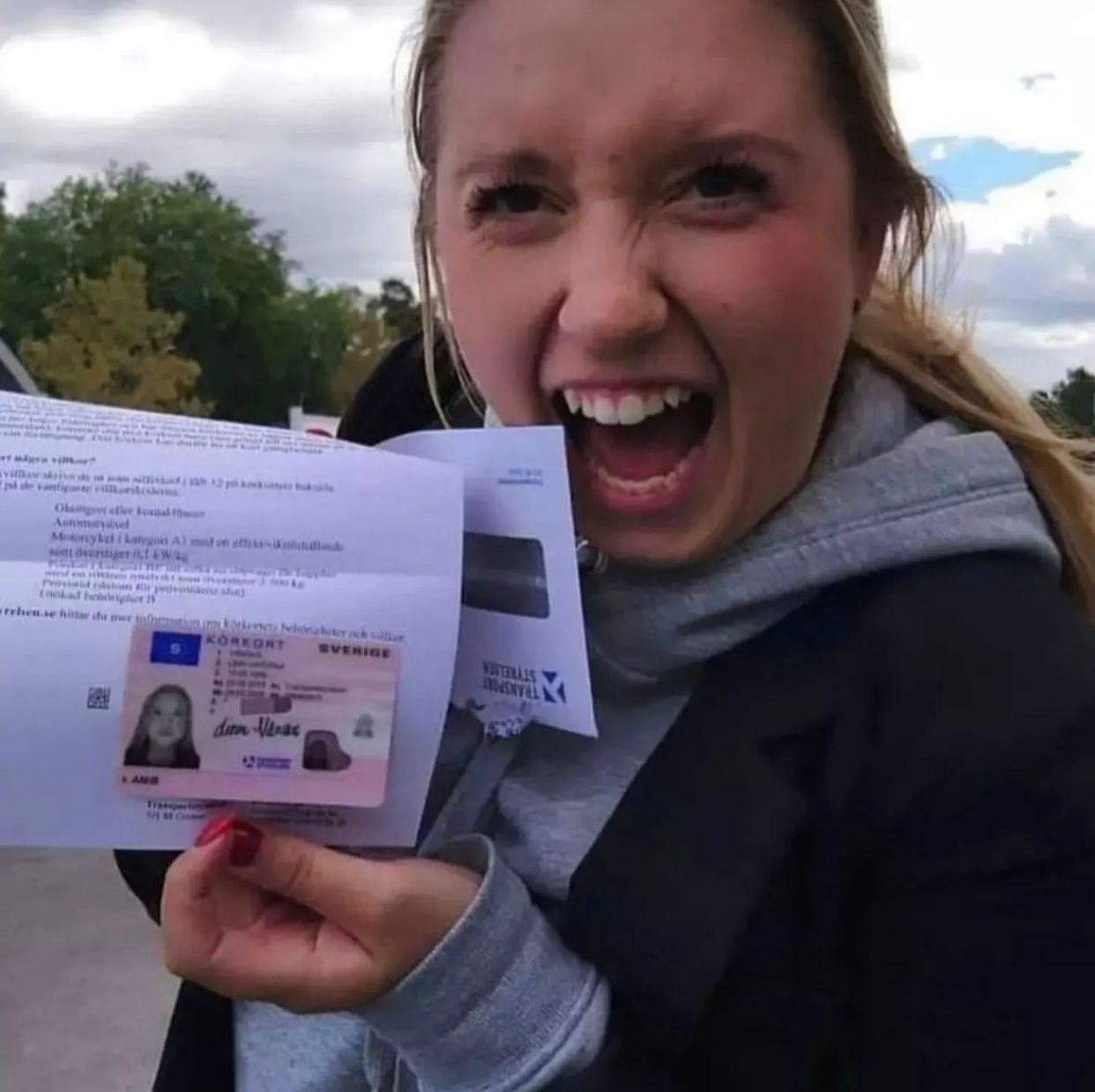Ten Things Your Competitors Help You Learn About Driving License Id-Ha…
페이지 정보
작성자 Milton 작성일25-07-16 04:56 조회4회 댓글0건관련링크
본문
The Future of Driving Licenses: ID Handling in 2025
As technology continues to progress at an unprecedented rate, various sectors are welcoming developments to enhance user experience and effectiveness. Among the areas experiencing considerable change is identity management, especially worrying driving licenses. With the intro of digital licenses and advanced recognition methods, the landscape of driving license ID handling is anticipated to go through considerable modifications by 2025. This post checks out the awaited developments in driving license ID handling, the implications for users, and answers often asked concerns about the future of driving licenses.
The Evolution of Driving Licenses
Driving licenses have traditionally worked as a method of identifying an individual's authority to operate an automobile. They also serve multiple secondary purposes, including age confirmation and identity verification for banking and travel. Nevertheless, the physical card system has constraints, including threats of counterfeiting, loss, and outdated information. As society gravely counts on effective and safe and secure identification systems, the transition towards digital licenses is becoming progressively popular.
Current Trends in Driving License ID Handling
Digital Licenses: Many states are piloting digital driving licenses that enable users to keep their credentials on their smartphones. These digital licenses are developed with innovative security functions, including biometric data, and can be scanned or shared securely.
Blockchain Technology: Some jurisdictions are exploring blockchain to improve the security and credibility of driving licenses. This innovation guarantees that info can not be tampered with and that the information is easily verifiable.
Facial Recognition: Increasingly utilized in recognition practices, facial acknowledgment technology can accelerate the process of validating an individual's identity versus their driving license. This innovation also assists decrease fraud and preserve the stability of the licensing systems.
Multi-Functional Licenses: Future driving licenses might integrate extra features such as health records, travel documentation, and even payment systems, providing an extensive identity service.
The Benefits of Digital Driving Licenses by 2025
The shift towards digital driving licenses provides numerous advantages, including:
Convenience: Users can access their licenses anytime, which eliminates the requirement for physical cards. This is particularly useful when individuals forget their license, as digital copies can be obtained rapidly.
Security: Advanced security measures can lower the risk of identity theft, scams, and unapproved duplication. Digital licenses often consist of file encryption and biometric verification.
Efficiency: Reduced wait times at government offices and during traffic stops, as police can confirm digital licenses immediately.
Implications for Users
While the advancements in driving license ID managing present many advantages, they also come with difficulties. Users require to adapt to new innovation and ensure they understand the changes and their ramifications. Here are some factors to consider:
Privacy Concerns: With increased digital footprints, there will be heightened issues over data personal privacy and how biometric data is stored and used.
Availability Issues: Individuals without access to smartphones or digital technologies may deal with barriers to getting and using digital licenses.
Regulatory Compliance: With different jurisdictions embracing various systems and procedures, users need to be aware of their regional laws regarding digital licenses and recognition.
Expected Changes in Driving License ID Handling by 2025
| Element | Existing Status | Expected Change by 2025 |
|---|---|---|
| License Format | Physical cards | Predominantly digital licenses |
| Verification Process | Manual checks | Automated biometric confirmation |
| Security Measures | Standard holograms and features | Advanced file encryption and blockchain |
| Jurisdictional Differences | Fragmented procedures throughout states | More standardized nationwide systems |
| User Interaction | In-person renewals and checks | Mobile applications for management |
Frequently asked questions
1. What is a digital driving license?A digital driving license is an electronic variation of a conventional driving license that is kept on a mobile device. It can be used for recognition and confirmation in various circumstances, with boosted security functions to prevent scams.
2. How will digital licenses enhance security?Digital licenses use file encryption and biometric information, making them harder to create or Kortkort Online (litpages.com) abuse compared to traditional cards. Additionally, blockchain innovation can guarantee data credibility and stability.
3. Will everyone be needed to change to a digital license?While numerous jurisdictions are moving toward digital licenses, guidelines may differ. Users are encouraged to inspect with their local licensing authorities for particular standards.
4. What are the possible downsides of digital licenses?Some possible drawbacks consist of privacy concerns concerning information storage, accessibility issues for individuals without mobile phones or digital literacy, and the requirement for a robust regulative framework to manage security and user rights.

5. How can I get ready for the shift to digital licenses?Stay notified about local efforts concerning digital licenses, check out available mobile applications for handling identification, and cultivate digital literacy to navigate brand-new technologies with confidence.
The future of driving licenses and ID handling is poised for significant advancement by 2025. As digital licenses end up being more widespread, users will experience improved security, benefit, and effectiveness. However, alongside the benefits come difficulties that will need public awareness and adjustment. Stakeholders need to prioritize education, regulation, and accessibility to ensure a smooth transition that empowers people with the recognition tools of the future. As technology advances, so too will the techniques through which society manages identity, particularly important in procedures as essential as operating an automobile.
댓글목록
등록된 댓글이 없습니다.

